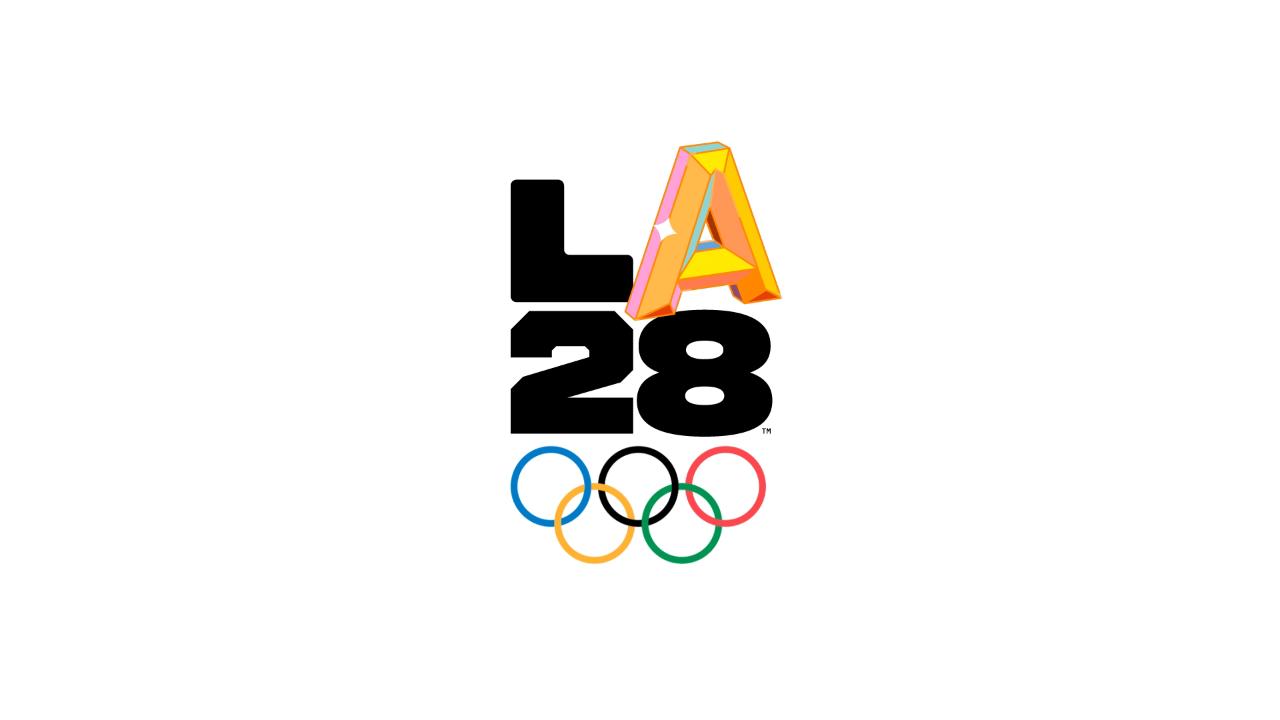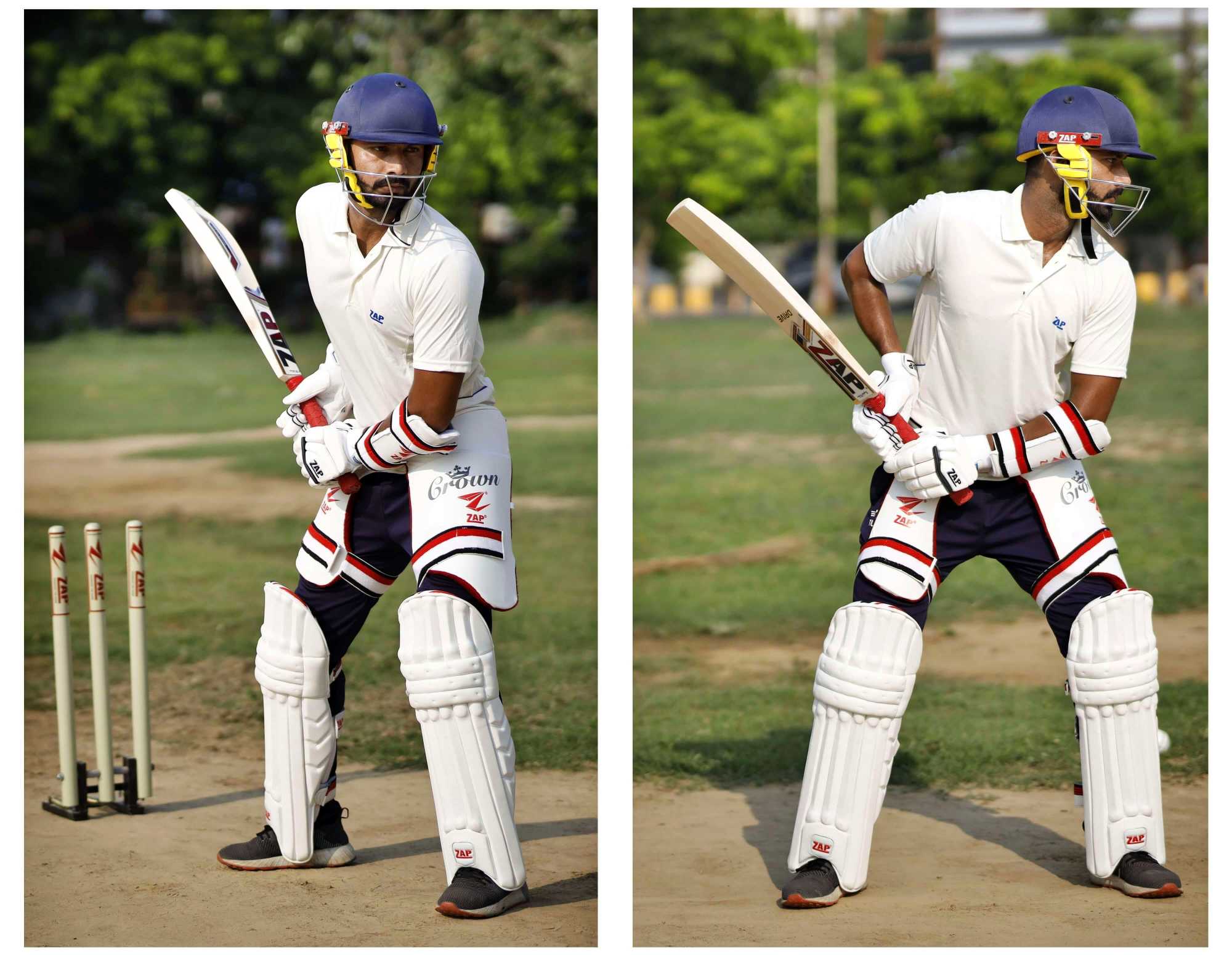
Hockey Training Drills for Beginners: Mastering the Fundamentals
Ice hockey, a fast-paced and physically demanding sport, requires a combination of skill, strategy, and endurance. For beginners, mastering the fundamentals is crucial before progressing to more advanced techniques. This article outlines a comprehensive set of hockey training drills tailored for beginners, focusing on developing essential skills in skating, puck handling, shooting, and passing. These drills can be adapted to various skill levels and ice time availability, making them ideal for both organized practices and individual training sessions.
I. Skating Drills: Building a Solid Foundation
Skating is the foundation of hockey. Beginners need to develop balance, edge control, and efficient stride techniques. These drills focus on building these crucial aspects:
-
Forward Skating Drills:
-
Forward Skating with High Knees: This drill emphasizes proper leg lift and knee drive. Skate forward, lifting your knees high towards your chest with each stride. Focus on maintaining balance and a strong core. Repeat for 30-60 seconds, followed by a short rest. Gradually increase the duration as your stamina improves.
-
Forward Skating with Ankle Flexion: This drill improves ankle flexibility and power. While skating forward, concentrate on flexing your ankles with each push-off, maximizing the power generated from your legs. Maintain a low center of gravity and a strong posture. Repeat for 30-60 seconds with rest periods.
-
Forward Skating with Crossovers: Mastering crossovers is vital for agility and quick turns. Practice alternating your legs as you cross them over, maintaining a balanced and controlled movement. Start slowly and gradually increase speed. Focus on smooth transitions between crossovers.
-
-
Backward Skating Drills:
-
Backward Skating with V-Step: The V-step is a fundamental technique for backward skating. Practice pushing off the ice with the inside edge of your skates, forming a "V" shape with your feet. Focus on maintaining balance and a controlled speed. Start slowly and gradually increase your speed.
-
Backward Skating with Leg Extensions: This drill improves leg strength and control while skating backward. Extend your legs fully while maintaining balance. This helps in achieving smoother and longer strides. Repeat for 30-60 seconds, followed by a short rest.
-
Backward Skating with Crossovers: Similar to forward crossovers, practicing backward crossovers is crucial for agility and quick turns in the backward direction. Focus on smooth transitions and balance.
-
-
Stopping Drills:
-
Hockey Stop: Mastering the hockey stop is crucial for quick changes in direction and control. Practice bringing your skates together, pushing your heels outwards to stop abruptly. Focus on maintaining balance and a controlled stop.
-
T-Stop: The T-stop is a more controlled stop, useful for slower situations. Place one skate perpendicular to the direction of travel and use it to slow down. The other skate will remain parallel to the direction of motion.
-
II. Puck Handling Drills: Developing Stick Skills
Puck handling is essential for controlling the puck during gameplay. Beginners need to practice basic stickhandling techniques:
-
Stickhandling in Place: Practice moving the puck back and forth in front of you, using both sides of your stick blade. Focus on keeping the puck close to your stick and maintaining control. Increase speed gradually as your control improves.
-
Stickhandling While Skating: Combine stickhandling with skating. Start slowly and gradually increase speed while maintaining control of the puck. Practice weaving the puck around cones or markers for added challenge.
-
Stickhandling with Obstacles: Place cones or other obstacles on the ice and practice stickhandling around them. This improves your agility and puck control in tight spaces.
-
Passing and Receiving Drills: Practice passing and receiving the puck with a partner. Focus on accurate passes and receiving the puck with your stick blade in the correct position. Start with short passes and gradually increase the distance.
III. Shooting Drills: Accuracy and Power
Shooting is a crucial aspect of scoring goals. Beginners should focus on developing a consistent and accurate shot:
-
Wrist Shot Drills: The wrist shot is a quick and accurate shot used in close proximity to the net. Practice shooting from various distances, focusing on accuracy and speed.
-
Snap Shot Drills: The snap shot is a powerful shot used from farther distances. Practice loading your stick and releasing the puck with a quick, powerful motion.
-
Shooting from Different Angles: Practice shooting from various angles to develop versatility and accuracy. Use cones or markers to simulate different positions on the ice.
-
Shooting Accuracy Drills: Set up targets (cones, small nets) and practice shooting at them from various distances. This improves your accuracy and aim.
IV. Passing Drills: Teamwork and Precision
Passing is vital for effective teamwork and creating scoring opportunities. Beginners should practice different passing techniques:
-
Forehand Pass: This is the most common pass in hockey. Practice passing the puck with your forehand, focusing on accuracy and speed.
-
Backhand Pass: Practice passing the puck with your backhand, focusing on accuracy and control.
-
Passing Drills with a Partner: Practice passing and receiving the puck with a partner, focusing on accurate passes and quick communication.
-
Passing Accuracy Drills: Set up targets and practice passing to them from various distances and angles.
V. Game-Specific Drills:
-
2-on-1 Drills: Practice attacking and defending in a 2-on-1 situation. This helps develop decision-making skills and offensive strategies.
-
3-on-2 Drills: This drill helps to develop offensive strategies with more players and defensive strategies in responding to the offensive player.
-
Breakouts and Cycle Drills: Practice moving the puck out of your defensive zone and into the offensive zone. This involves passing, skating, and teamwork.
-
Power Play Drills: This drill helps to practice passing, shooting and movement with the advantage of one extra player.
VI. Conclusion:
Consistent practice is key to improving your hockey skills. By incorporating these drills into your training regimen, beginners can build a strong foundation in skating, puck handling, shooting, and passing. Remember to focus on proper technique, gradually increase the intensity and duration of your drills, and most importantly, have fun! As you progress, you can increase the difficulty of the drills and incorporate more advanced techniques. Remember to prioritize safety and always wear appropriate protective gear. With dedication and hard work, you’ll be well on your way to becoming a skilled and confident ice hockey player.



